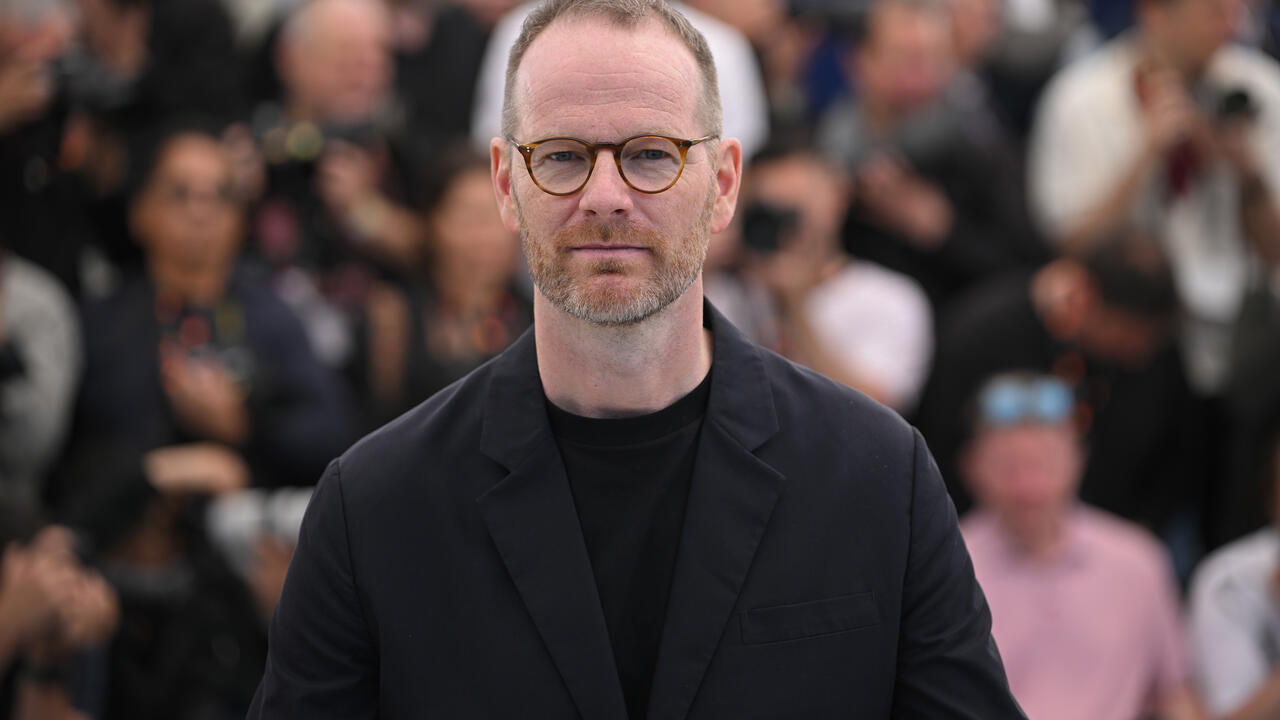Hong Sang-soo’s Capacious and Confined Cinema
Rory O’Connor watches the filmmaker’s distinctive oeuvre which brings low-budget austerity to the film festival circuit
Rory O’Connor watches the filmmaker’s distinctive oeuvre which brings low-budget austerity to the film festival circuit

The films of Hong Sang-soo often ebb and flow. In Right Now, Wrong Then (2015), a film director and a young artist meet at a temple; they go for a walk, eat sushi, get drunk and unceremoniously part ways. But then, the day begins again: same director, same artist, only this time a different outcome – their moods coalescing into something like love. The characters aren’t wise to this conceit, like Bill Murray’s Phil Connors was in Groundhog Day (1993); nor is the film an examination of subjectivity like Akira Kurosawa’s Rashomon (1950). Their story simply resets, and an awkward meeting becomes a consequential one.

Writing for The New Yorker earlier this year, Richard Brody described him as ‘one of the most original directors in the world’. Hong’s cinema is as capacious as it is confined. His latest feature, The Novelist’s Film (2022) – winner of the Grand Jury Prize at this year’s Berlinale – is his 27th as writer and director. (He also produced, shot and edited the film, and composed its score.) In the decade that followed his switch to digital in 2009, he made films at a rate close to Marvel Studios, yet his work remains beguilingly modest and, if anything, only seems to get lighter on its feet. He stopped writing screenplays long ago and now composes dialogue on the morning of the shoot, giving his actors a short time to memorize but plenty of room to manoeuvre. The Novelist’s Film is emblematic of that collaborative spirit: two women – a writer and an actress – meet, eat ramen, get drunk and decide to work together on a short film, which Hong shows at his film’s close. Shot handheld and switching to colour, the short is nothing if not earnest: a simple ode to expression itself.
Hong’s style (minimal, ironic, conversational, barbed, ruthlessly self-reflexive) is among the most recognizable of any living auteur and austere almost to the point of self-parody. His signature shot is a jarring, seemingly random zoom; his films often come in at under 70 minutes. Though he has been compared to Éric Rohmer, his process seems rooted in something older, like a micro-budget version of Yasujirō Ozu; an ethos of wash, rinse, repeat that is as galling to detractors as it is soothing to fans. Especially in the rarefied air of international festivals, Hong’s films, with all their familiar motifs, are like little ports in a storm.

The devil is in the details: the similarities and variations, the intricacies of his dialogue and the underlying human desires. ‘There’s an infinite kind of possibility in our perception and our actions in life,’ Hong said in a 2017 interview with National Post, ‘as we respond to what is given to us every moment.’ Born in Seoul in 1960, Hong studied theatre there, on a whim, before getting an M.A. in film studies in the US – a series of events he described in a 2017 interview with MUBI as an ‘accident’. It isn’t difficult to see the roots of irreverence in that word. It’s telling that the work which established his definitive style, Tale of Cinema (2005), included a lengthy film within the film that mocked many of his own artistic idiosyncrasies. Asshole filmmakers, usually clear surrogates for Hong, are everywhere in his work, even since a switch to female-centric stories that started at roughly around the halfway point of Oki’s Movie (2010), which has seen those characters pushed to the peripheries. In that film, a professor – pointedly named Song – tells his ex-student that filmmaking is dead. Hong has made 16 films since.

Over time, Right Now, Wrong Then has taken on the sheen of a defining masterpiece. Hong had played with that Möbius strip idea of time before in The Power of Kangwon Province (1998) and The Day He Arrives (2011), but never to such moving ends. In a standard Hong drinking scene, alcohol is there to loosen his characters’ tongues to either humbling or sublime ends; in this film’s repeated structure and mirrored sequences, however, he shows both – and the knife-edge between. Its coda takes place in a quiet cinema – a recurring, calming grace note in his films – with Kim Min-hee, who has since become his muse, watching on intently, just as she does as Gam-hee in The Woman Who Ran (2020). For all his irreverence, Hong’s cinema remains a place of unassuming calm. Asked if she liked the film, Gam-hee responds, ‘Yes, it was peaceful.’
Main Image: Hong Sang-soo, The Novelist’s Film, 2022, film still. Courtesy: © Jeonwonsa Film Co.





















